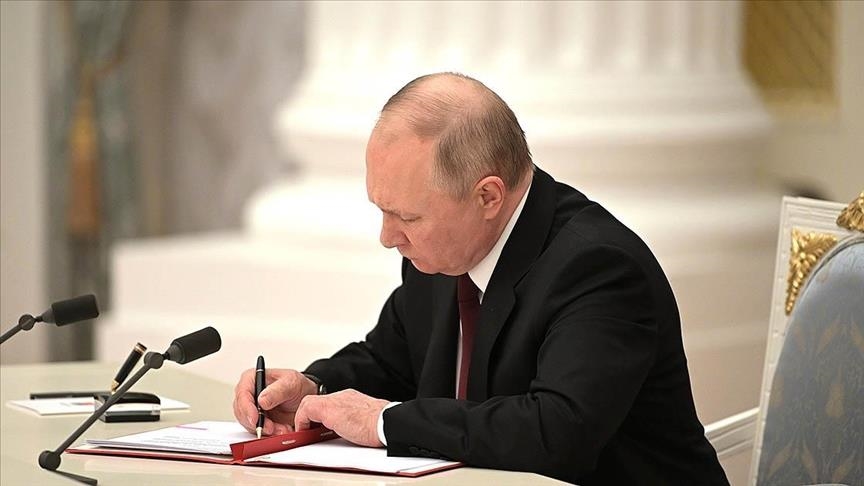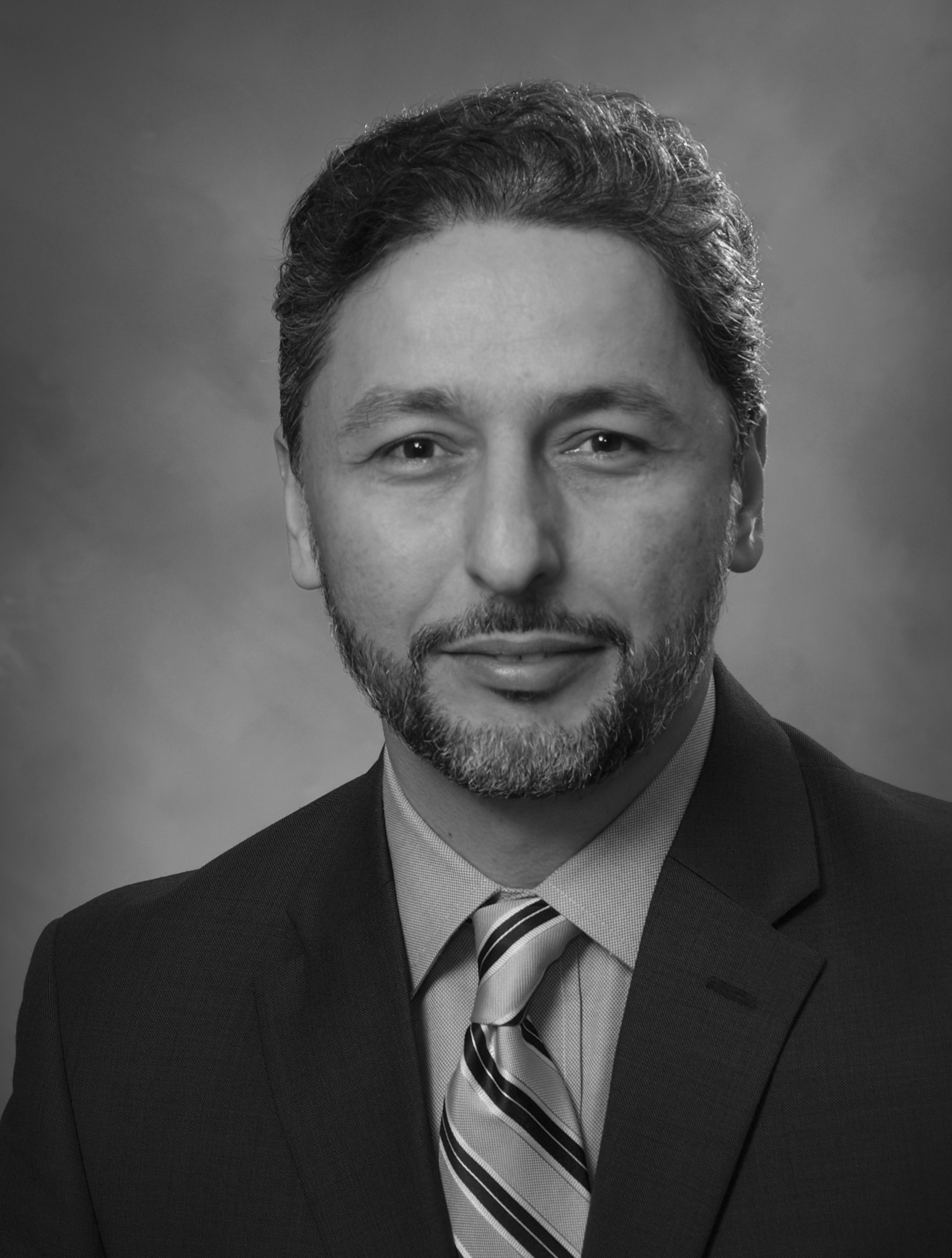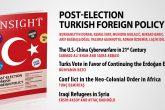Last weekend’s historic events in Russia have sparked discussions on the role and preferences of the United States and its allies. The main motivation of Prigozhin, one of Putin’s closest associates, was to preserve the power and autonomy of Wagner. However, there have been frequent speculations that he may have been “encouraged” by the West. Putin accuses Prigozhin of betraying him, while the Kremlin suggests the involvement of “external forces.” It is worth noting that these comments and insinuations are politically driven and difficult to substantiate. However, an important question arises regarding whether American policy seeks Putin’s removal from power. Given the strained relationship with the West due to the Ukraine occupation and the economic costs faced by Moscow, it can be argued that they may prefer a weakened Russia at the negotiating table rather than pushing it into chaos.
The march on Moscow by Prigozhin, the leader of Wagner, has undoubtedly dealt a significant blow to the invincible and powerful image of Russian President Putin. While Prigozhin claimed that his rebellion aimed to improve the conduct of the war, it was clear that Putin’s Defense Ministry favored integrating Wagner into the regular army. This rift between the two main powers involved in the war demonstrates the challenges in Ukraine and the potential threat to Putin’s grip on power. However, it is difficult to assert that the US and its allies, who closely monitor the developments and possess early intelligence, desire Putin’s removal. The possibility of Russia being plunged into chaos and the jeopardy to the security of nuclear weapons are concerning for the West. Furthermore, the emergence of more hardline factions after Putin could lead to even more challenging scenarios.
While the ongoing and protracted war in Russia is unfavorable for the country, it is challenging to claim that a regime change in Moscow serves Western interests at this point. Prigozhin’s insurgency has revealed the vulnerability of the regime, highlighting internal security weaknesses and the lack of adoption of the current strategy by those prosecuting the war. The developments that emboldened Ukraine to reclaim all its territories, including Crimea, have damaged Putin’s reputation. Following the motto of “better the devil you know than the devil you don’t,” it can be argued that a weakened Putin would be preferable for the United States, which supports Ukraine against Russia. They perceive Putin as a more predictable actor and a potential interlocutor in a final peace agreement. Although the attempted occupation is seen as a major mistake, there are no narratives portraying Putin as irrational or destabilized.
From the beginning of the occupation attempt, Russia’s potential use of nuclear weapons has been one of the United States’ primary concerns. In order to manage this risk, Washington has been providing Ukraine with advanced weaponry, while also imposing limitations on the range of the missiles it supplies. After achieving greater cohesion within NATO, Washington agreed to send advanced tanks and, most recently, provide F-16 training and supplies, consistently conveying the message that these steps do not pose an existential threat to Moscow. The Biden administration also stated its opposition to Ukraine directly targeting Russia, as it did not want the Putin regime to feel endangered. Despite these efforts, the Kremlin occasionally raised the nuclear threat, but Moscow is aware that nuclear weapon use would be suicidal. The possibility of tactical nuclear weapon use still exists, but taking a step that would fundamentally alter the dynamics of the war would result in direct NATO intervention, so Moscow remains cautious in this regard.
Washington watched the Prigozhin insurgency with both satisfaction due to Putin’s loss of power and concern for the security of nuclear weapons. Putin, who was previously seen as a rational actor with whom agreements like START were signed in past Russia-US relations, is known to potentially become an interlocutor again in a ceasefire or peace agreement. While it would be ideal for such an interlocutor to come to the table in a weakened position, the disappearance of this actor and the emergence of a more hawkish actor in their place would not be preferred. The degree of success in Ukraine’s counteroffensive in the coming months will also determine the dynamics of this equation. If Zelensky makes progress, it could further expose the weaknesses and ineffectiveness of the Russian army. In such a scenario, a Putin who has been dealt a blow by Prigozhin and suffered heavy losses on the battlefield could be pressured to withdraw, but turning this into a lasting peace agreement will not be easy. In conclusion, it can be said that Washington would prefer a weakened and constrained Putin over the chaos that a regime and actor change in Moscow would create.



